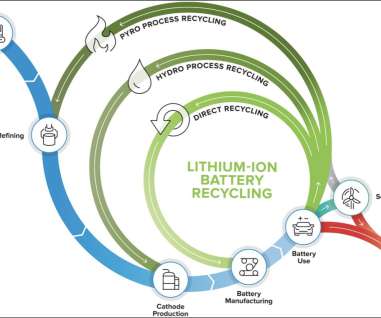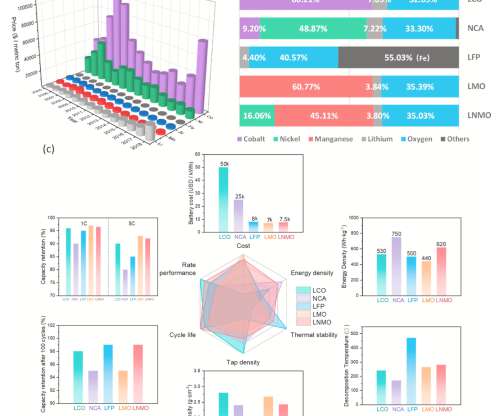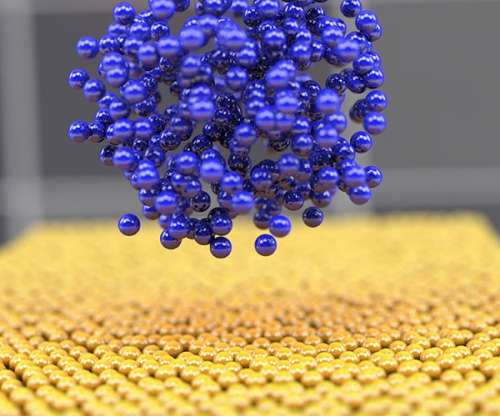Researchers develop energy-efficient process to recycle Li-ion battery cathodes
Green Car Congress
JANUARY 25, 2018
Engineers at the University of California San Diego and the University of California Los Angeles have developed an energy-efficient approach to regenerate Li-ion battery cathode materials (using LiCoO 2 as a model material) by hydrothermal treatment of cycled electrode particles followed by short annealing.






























Let's personalize your content